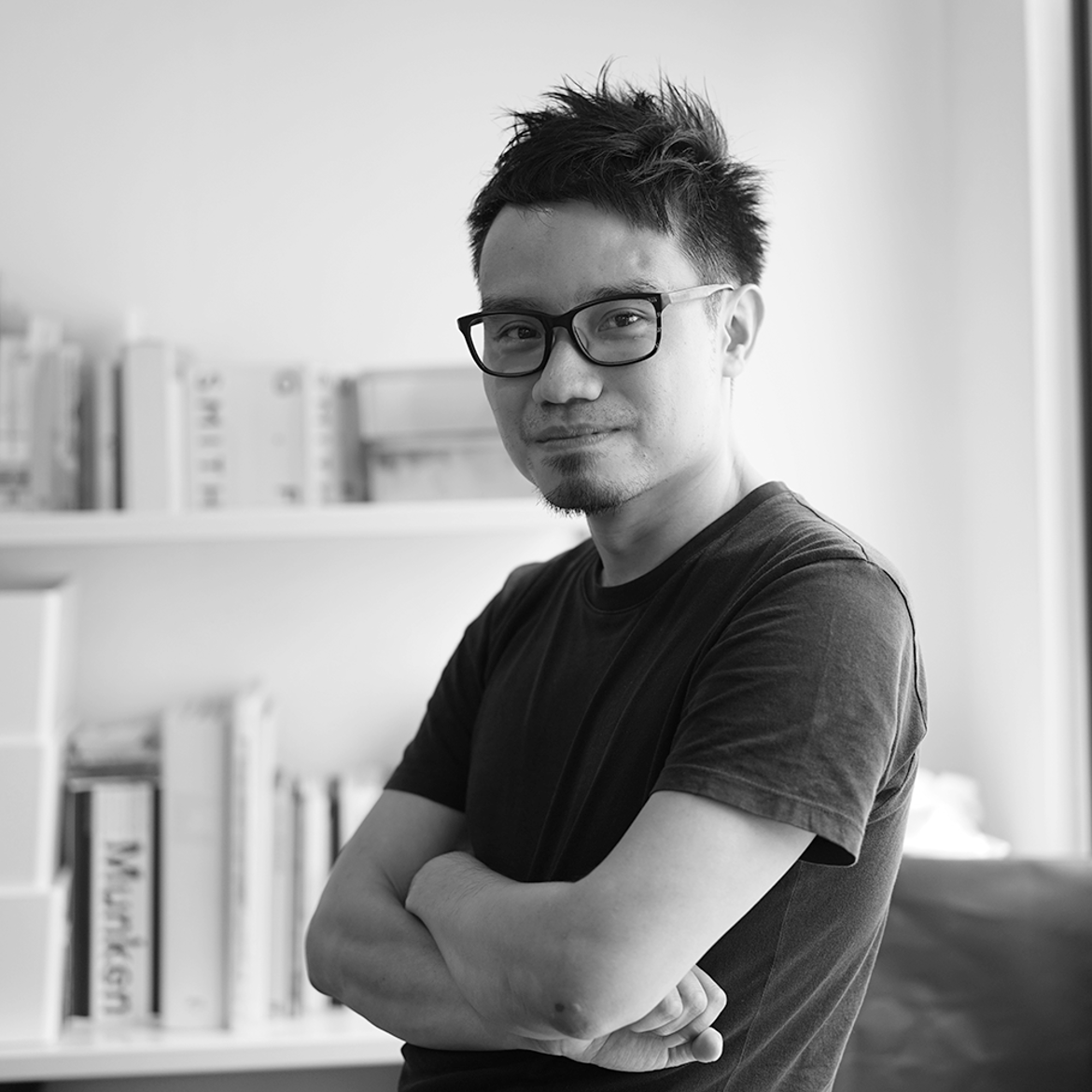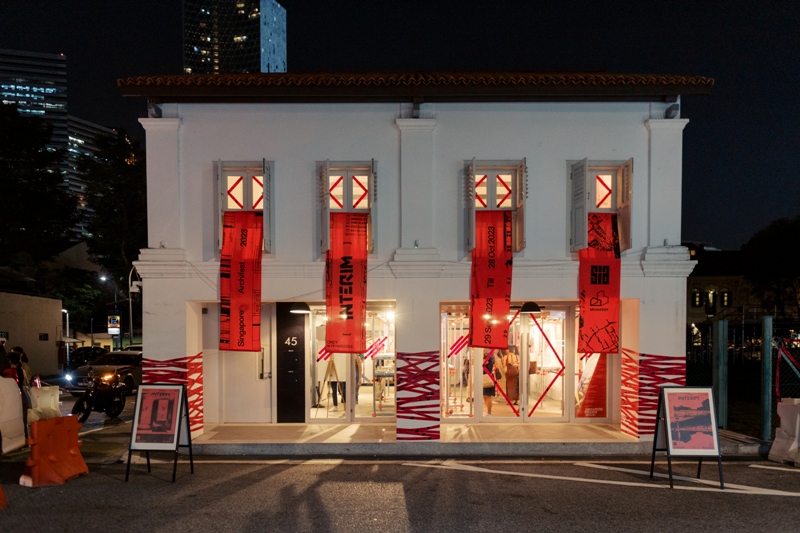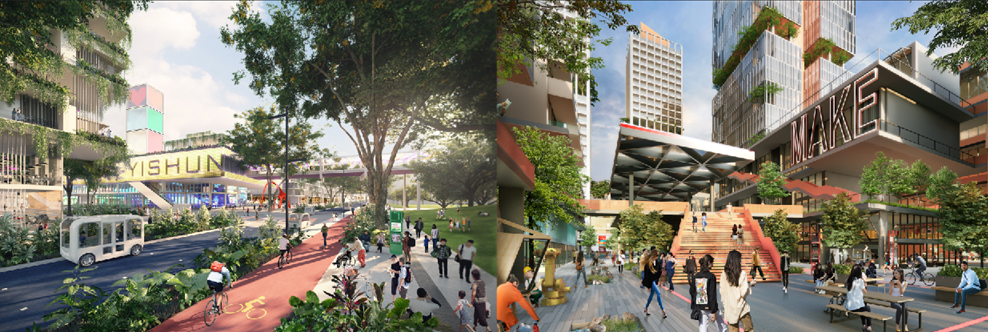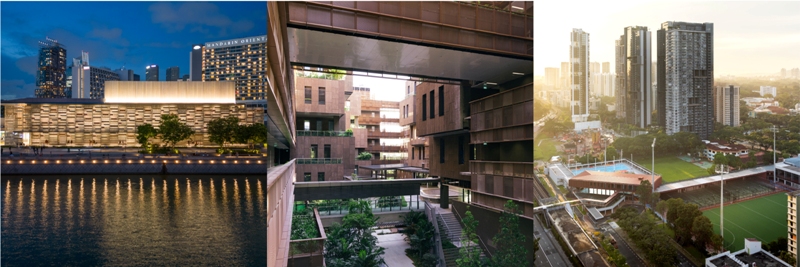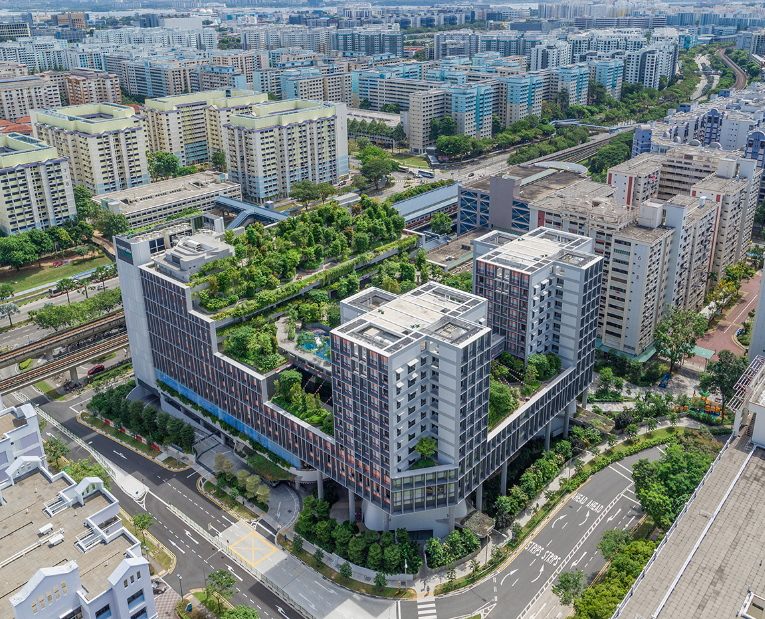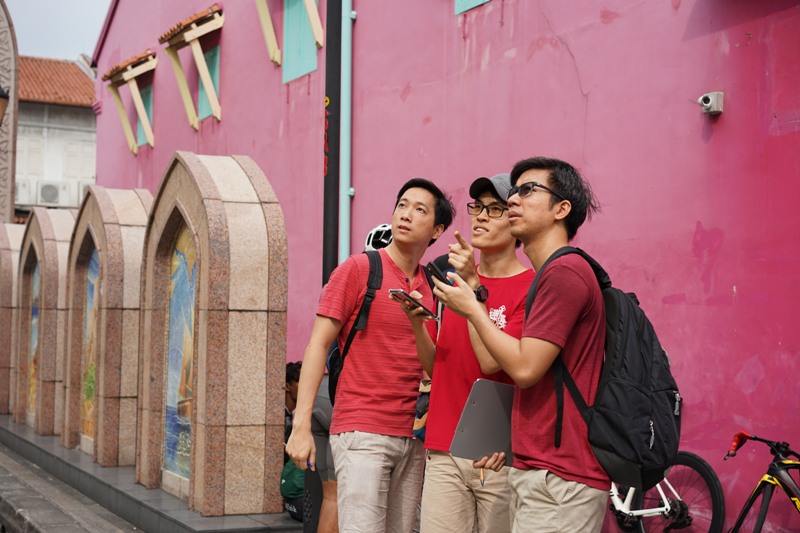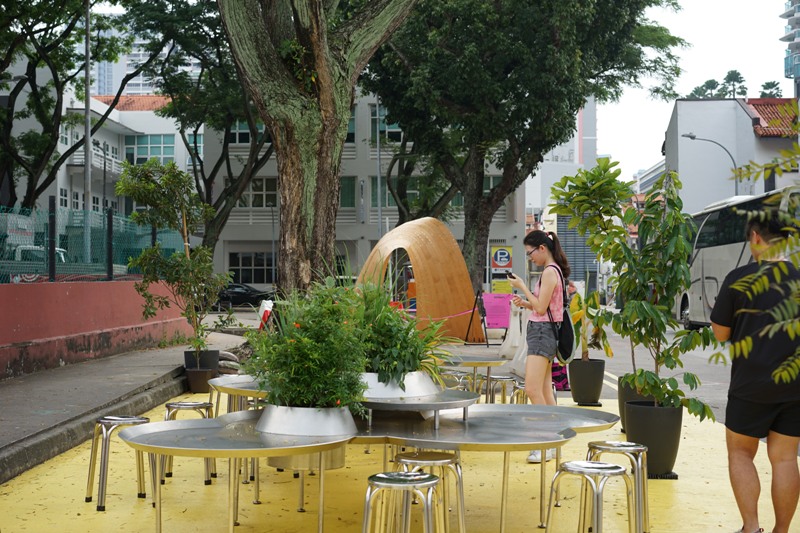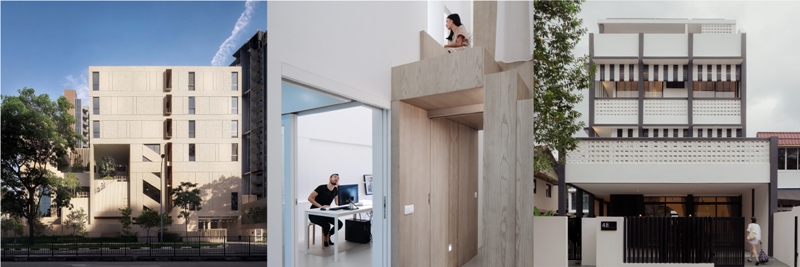A bridge between aesthetics and utility, the best architecture can truly transform urban spaces and meet the ever-evolving needs of people. In the era of climate change and increased social isolation, architects can come forward as the heroes who contribute to sustainability and help society regain its balance and cohesion. Calvin Chua, Festival Director of Archifest 2023, an annual Singapore event, speaks to Connected to India about how the city-state is responding to challenges and quickly adapting to find solutions. He is an Adjunct Assistant Professor at the Singapore University of Technology and Design and founder of the design practice Spatial Anatomy.
The theme of Archifest 2023 is ‘Interim: Acts of Adaptation’, and the festival director explains how the interim has long been a part of Singapore’s public infrastructure and why efficient adaptation can enhance public wellbeing.
Singapore Archifest 2023 is now in its 17th year. How long have you been associated with it, and how has your role grown over the years? What does it entail being the festival director of Archifest?
The Singapore Archifest is an annual architectural festival organised by the Singapore Institute of Architects (SIA). The SIA appoints a festival director every year. I was first approached to take up the festival directorship in 2022, but was unable to do so due to my commitments then as a Visiting Professor at the Korea National University of Arts in Seoul.
Every festival director of Singapore Archifest brings something new to the table, each with their own agenda. For me, I see the importance of marrying the idea of industry with the relationship that architects have with clients, the public, and developers, alongside a degree of intellectual inquiry. Archifest becomes a platform to address both that and the pressing issues surrounding the industry today.
Archifest is a platform to try to connect architecture from both a disciplinary and practical approach, because if it’s just pure theory and no application, then it doesn’t fully benefit the industry itself. So as much as we’re cognizant of the fact that we set this more theoretical framework of the ‘Interim’, the kind of workshops that we organise have a very practical application or pragmatic, industry-facing agenda.
I view this as a form of national service, and I think it’s an opportunity to contribute to the architectural discipline and profession in Singapore.
Also read: Singapore Archifest 2023 brings ideas for moving towards a sustainable future
With reference to the theme of this year’s Archifest — ‘Interim: Acts of Adaptation’, based on meeting the challenges of an ever-growing society and doing so sustainably — what do you think of current Singapore? Is new architecture in the country adapting well to the changes in society and the needs of sustainability? If so, could you give us one or two examples of such architectural work?
To understand “Interim”, it is a planning and policy word that Singapore is no stranger to. If you look around, it’s there in interim markets, bus stops, and even housing. These are discrete, stopgap interventions lasting for three years, six years, facilitating the temporary functional needs of the city.
However, we’d like to push the definition of “interim” further. Can we embrace constant change within a single building structure or empty urban space, where the space is constantly adapted for various uses, instead of tearing down and rebuilding?
Also, can we think about the time aspect of interim? I believe we’re living in an “interim” period, facing challenges of climate emergency and ageing social demographics. Our actions today will have an impact on the future. We want to use Archifest as a platform to discuss these issues through panel talks and design workshops.
As architects, it’s our persistent commitment towards forging more responsive, inclusive, and responsible design solutions that can contribute to long-term sustainability for both our communities and the environment, while preserving the soul and culture of the place, which is what I’ve been observing here in Singapore.
For instance, Delta Sports Centre is an adaptive reuse project that won the SIA Architectural Design Awards ‘Design of the Year’. The project, led by Red Bean Architects, demonstrates the importance of adaptive reuse of civic buildings and sport facilities. With a limited budget and resources, the architects managed to cleverly transform the entire sports centre by reusing a lot of the existing building infrastructure. It’s a good demonstration of how to reuse the existing building, extending the lifespan of the building, and giving a new character to the building.
In terms of housing, we see more community care apartments being developed in Singapore. Perhaps, the very first project, Kampung Admiralty, was a paradigmatic project that demonstrated the importance of creating care facilities, residential units and public spaces that allow elderly folks to age in place.
The building, which won the ‘World Building of the Year’ award a few years back, was also possible due to a whole of government approach, redefining public housing for the future needs of society.
Another example of the scale on which Singapore is responding to the changing needs of society and sustainability is the redevelopment of the Paya Lebar Air Base Master Plan into a new town, which we were involved in. One of the tenets that grounded the development of the area was from a wellbeing angle, and the idea of responding to the existing heritage of the site. For example, can we reuse the runway into a new social space? To really rethink adaptability and wellbeing and how do we bring them together.
Singapore is a geographically tiny and multicultural nation. How can an architect contribute to the cultural blend while also combining utility and aesthetics in new design? Again, any example(s) you would like to mention?
Singapore is known as a modern city, with new buildings appearing on our landscape every year. But we also have many old buildings that tell our history and embody our heritage, which are among Singapore’s most important cultural assets. The protection of its built heritage is integral, while still combining utility and aesthetics to ensure that it fits in with Singapore’s modern landscape.
A key example would be the iconic Kampong Gelam district, which this year’s Archifest is centred in. Over the years, it has evolved into a mixed-use multi-ethnic neighbourhood, while retaining its strong Malay/Muslim heritage and character.
This is seen from the blend of trendy cafés and independent boutiques juxtaposed alongside the traditional shops and crafts already there. Kampong Gelam continues to grow as a place where the past and present can thrive together, and serves as an interim trace of Singapore’s urban development, which is why we thought it would serve as an interesting foundation for conversations to be built upon in this year’s Archifest.
The design of some of the urban installations, like Dulang-Dulang, really responded to the multiculturalism that we all share, which is gathering around food. The installation, which is designed as a series of interlocking circles at different heights, encourages people to dine together at a public space in the evening.
Do you think that architecture can draw people away from their devices and connect more face to face through the kind of community space represented by Dulang-Dulang (one of the AF Installations)? Should games like AF Play! become part of the regular visitor experience in Singapore?
We believe that architecture and urban installations are a powerful way to activate a physical space to gather a community, which is why we’ve reimagined the festival’s traditional centrepiece as multiple accessible urban objects to be inserted across various areas around the historical and characterful Kampong Gelam district this year.
This provides the opportunity for people to connect with one another, for example hanging out at Dulang-Dulang, an installation that has transformed coach lots into a hospitable public gathering space that encourages congregation and conversations.
That being said, with the shift towards an increasingly digital world, we see the value and potential of virtual games such as AF Play! to not just complement, but value-add to the visitor experience.
In AF Play!, visitors are able to participate in an outdoor exploration game where they can uncover the district’s hidden stories as they’re led by a WhatsApp chat bot. This allows us to create an immersive experience that threads the online and offline realms, providing opportunities for participants to enjoy real-time interactions at selected spaces in a more dynamic manner.
There are several world cities where architecture gives character to the city, but architectural tours are not really promoted. Only a few buildings are included in guided city tours, but that’s where it ends. How much scope does Singapore have — as a global tourism destination — to develop the kind of Architours that Archifest 2023 has conducted? Do such tours exist already outside Archifest?
Architecture and urban design is something that we often take for granted — we don’t consciously take notice of it, and we don’t usually see the effort and thought that goes into designing and building structures that we utilise and interact with every day.
The success of our perennial favourite Architours reflects the innate and growing interest among the general public in understanding more about Singapore’s architectural gems and in discussing design.
We do believe that there’s potential to create more of such opportunities for the public to learn about our architecture. We’re heartened by the surge in architecture tours held by private tour organisations and architecture firms, and are excited to see how the reception and interest towards such tours grow over time.
Is Archifest a part of the Singapore tourism calendar? If not, do you think it should be?
Yes, this year’s Archifest is part of the Singapore tourism calendar, given its location in Kampong Gelam, a touristic site. Going beyond listing on the tourism calendar, we’re keener on the engagement with the industry professionals and general public to celebrate the city’s architecture and built environment, while engaging in meaningful and productive architectural discourse.
With every iteration of Archifest, we look forward to engaging more people to gather, sow, and generate ideas through our programming, and work towards the cultivation of a more design-conscious society and vibrant creative culture.
We hope that the festival has a more international impact and will carry on with more precinct activations through the festival activities, allowing for more locals and tourists to encounter its offerings.

